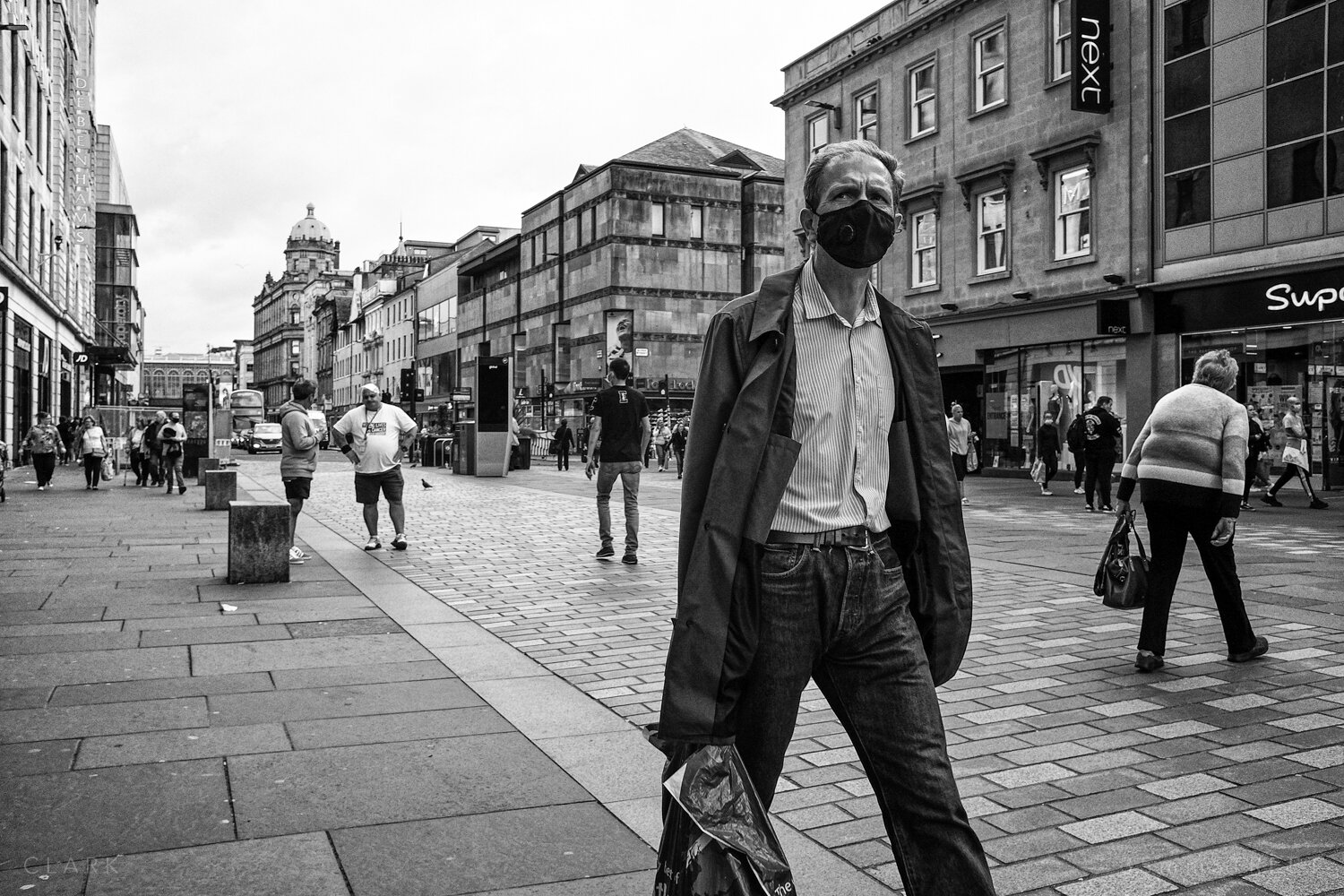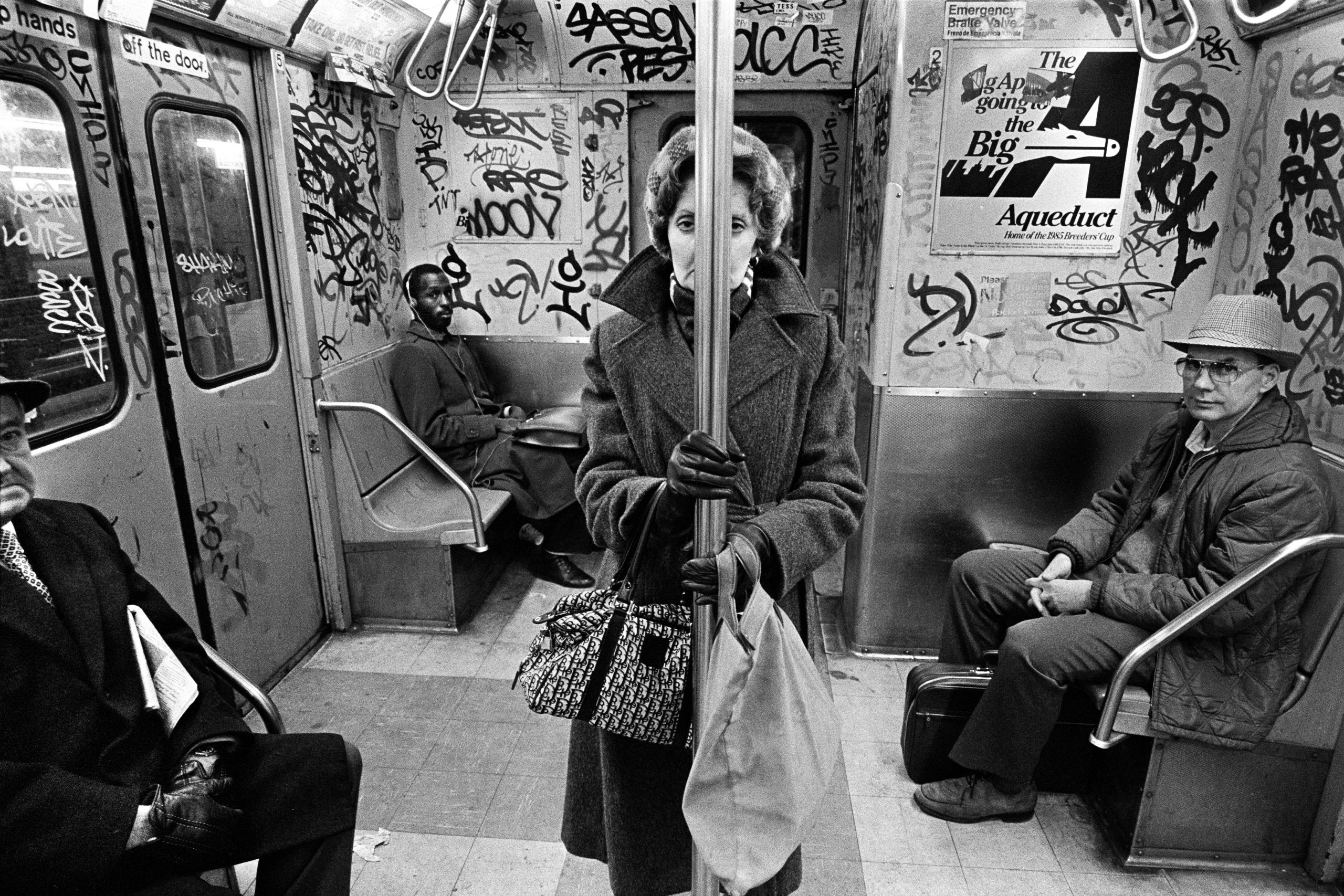Everything about Street Photographers
Wiki Article
A Biased View of Street Photographers
Table of ContentsAll About Street PhotographersAn Unbiased View of Street PhotographersStreet Photographers - Truths7 Easy Facts About Street Photographers ShownWhat Does Street Photographers Mean?
, a category of digital photography that documents day-to-day life in a public area. The very publicness of the setup makes it possible for the photographer to take candid photos of complete strangers, commonly without their knowledge. Road digital photographers do not necessarily have a social purpose in mind, but they prefer to separate and record minutes which could otherwise go unnoticed.Though he was influenced by a number of those that affected the road photographers of the 1950s and '60s, he was not mainly thinking about capturing the spirit of the road. The impulse to aesthetically document people in public started with 19th-century painters such as Edgar Degas, douard Manet, and Henri de Toulouse-Lautrec, that functioned side by side with professional photographers attempting to catch the essence of urban life.
Because of the comparatively primitive modern technology available to him and the lengthy direct exposure time required, he struggled to record the pressure of the Paris streets. He explore a collection of photo techniques, trying to locate one that would certainly permit him to catch movement without a blur, and he found some success with the calotype, patented in 1841 by William Henry Fox Talbot. While the digital photographers' subject was essentially the same, the results were substantially various, demonstrating the effect of the digital photographer's intent on the character of the images he created.
7 Simple Techniques For Street Photographers
Given the great high quality of his photos and the breadth of material, engineers and artists often acquired Atget's prints to utilize as reference for their own work, though commercial interests were barely his main motivation. Rather, he was driven to photograph every last residue of the Paris he loved.
Unlike his peers, Brassa used a larger-format Voigtlnder video camera with a longer exposure time, compeling him to be more calculated and thoughtful in his technique than he could have been if utilizing a Leica. (It is believed that he might not have had the ability to pay for a Leica during that time, yet he did, nevertheless, use one in the late 1950s to take colour photographs.) Brassa's pictures of the Paris abyss illuminated by artificial light were a discovery, and the compilation of the collection that he released, (1933 ), was a major success.

8 Simple Techniques For Street Photographers
It is as a result of this essential understanding of the art of picture taking that he is often credited with discovering the tool around once more about a century given that its invention. He took photographs for even more than a half century and affected generations of photographers to trust their eye and instinct in the minute.These are the questions I will try to answer: And after that I'll leave you with my very own interpretation of street photography. Yes, we do. Allow's begin with defining what a definition is: According to it is: "The act of defining, or of making something precise, distinct, or clear".
No, definitely not. The term is both restricting and misdirecting. Appears like a street photography need to be images of a streets appropriate?! And all street photographers, besides a handful of outright newbies, will completely value great post to read that a street is not the key component to road digital photography, and in fact if it's a photo of a street with possibly a few uninteresting individuals not doing anything of interest, that's not road photography that's a picture of a road.
Street Photographers for Dummies
He makes a legitimate factor do not you assume? Nonetheless, while I concur with him I'm uncertain "honest public digital photography" will certainly capture on (although I do sort of like the term "candid photography") because "street photography" has actually been around for a long time, with many masters' names affixed to it, so I believe the term is below to stay.Inside?! I hear you yell as you drink your clenched fist to the sky. Why not? You can contend the beach, at an event, in a street, in a park, in a piazza, in a coffee shop, at a gallery or art gallery, in a city station, at an event, on a bridge, under a bridge ...
Yes, I hesitate we have no option! Without guidelines we can not have a meaning, and without an interpretation we don't have a category, and without a category we don't have anything to define what we do, therefore we are embeded a "policies definition genre" loophole! And no-one desires to get stuck in a loophole. - Street Photographers

Report this wiki page